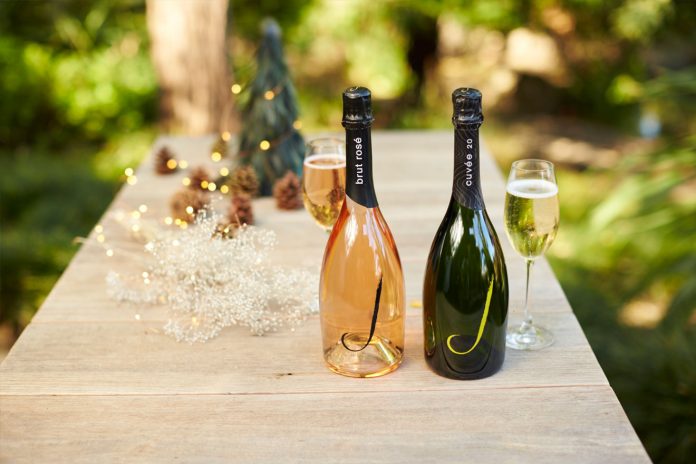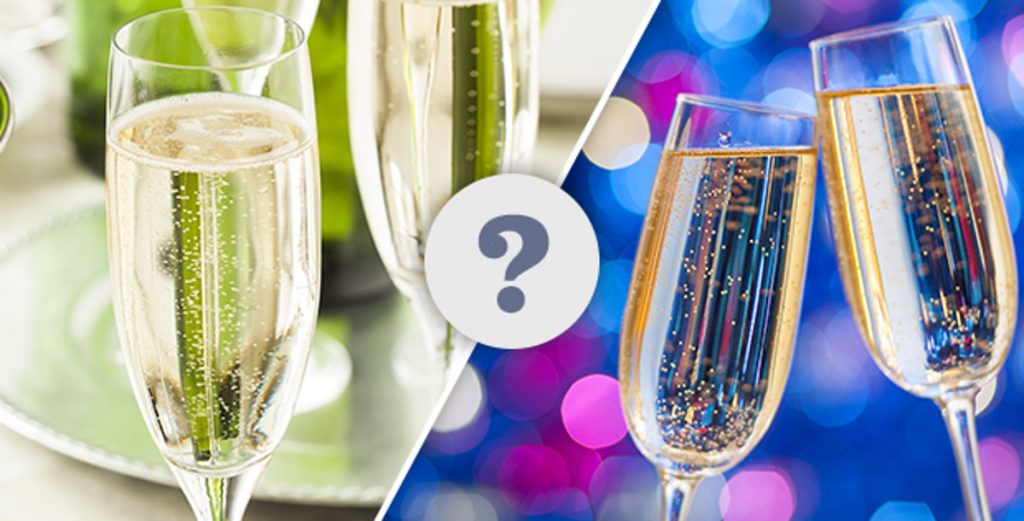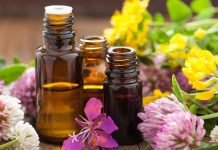Champagne doesn’t have to be expensive and isn’t just for New Year’s Eve. Sparkling wines and champagne can fit easily into weddings, birthdays and anniversaries. Valentine’s Day is coming and if you don’t yet know how you’re celebrating go ahead and bring sparkling wine or champagne into the dinner plans. You don’t have to go with the standard bottle of wine at dinner.
What Is The Difference Between Sparkling Wine and Champagne?
The only true difference is that only wines made in the Champagne region of France can be called champagne. All sparkling wines produced elsewhere are called sparkling wine. But, in terms of alcohol content, methods and production, there are often no differences at all.
There Are Twp Types of Techniques In Producing Sparkling Wines and Champagne:
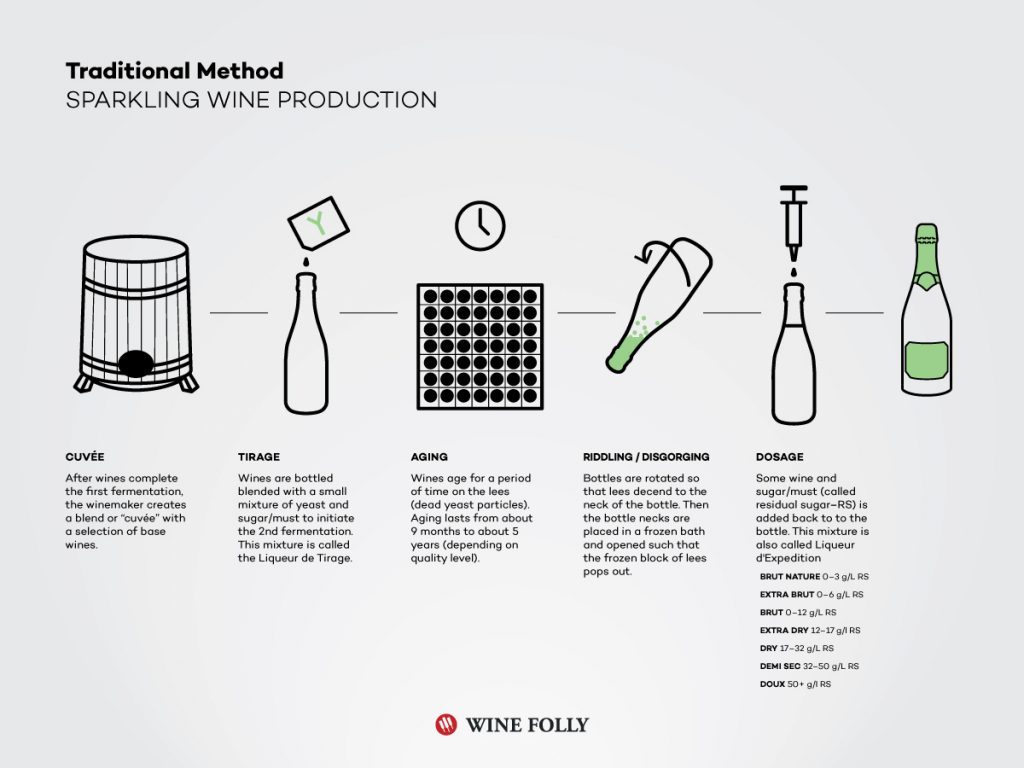
Rural Method:
Slowing or stopping fermentation of the wine made the earliest sparkling wines. After bottling, fermentation would be restarted to create the necessary gas for a sparkling wine. There was no filtering process and you were never really sure what flavor, you would get, but you had sparkling wine. Processing has come a long way since then and today’s sparkling wines have a consistent smooth flavor time after time.
Traditional Method:
The classical French process allows for a second fermentation to occur in the bottle, which creates a natural carbonation. This is not an inexpensive method and involves the blending of already fermented grape juice with a sugar, yeast and wine mixture called triage. This method is also referred to as the cuvee’ or house style. The wine is bottle capped and the permitted to ferment, which then produces carbon dioxide and alcohol.
Decide on Champagne or Sparkling Wine That Is Dry Or Sweet
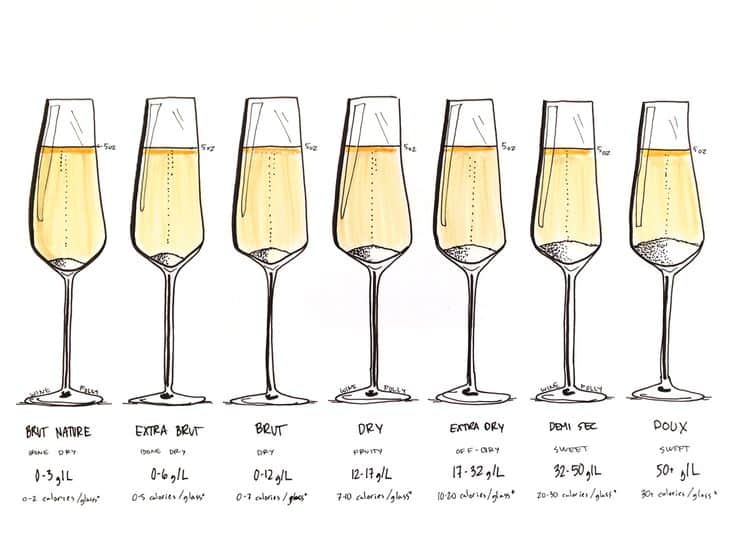
This is an individual decision. You may make your choice depending on price or taste or both. Sparkling wines and champagnes are categorized dry or sweet depending on their sugar levels. Dry being the opposite of sweet. Brut categories use the best grapes and are the most popular style. I will say that after you taste a few bottles, you’ll know what you like and this will be easy. Here are the most common names you will see on champagne bottle labels:
Brut Natural (Bone Dry): 0.0 – 0.5 % Sugar
Brut: Dry with a level of 0.5 – 1.5% Sugar. This is the most popular and food friendly type.
Extra Dry: 1.2 – 2.0% Sugar. This category is middle of the road dry, not as dry as Brut, but great as a before-dinner drink to stimulate the appetite.
Demi-sec: 3.3 – 5.0% Sugar. This class is pretty sweet and best paired with fruit and dessert.
Doux: 5% or more Sugar
Even if you choose not to choose a certain category, won’t it be fun to try out the different flavors and brands?
https://www.youtube.com/watch?v=BwSHHHlMqLk


